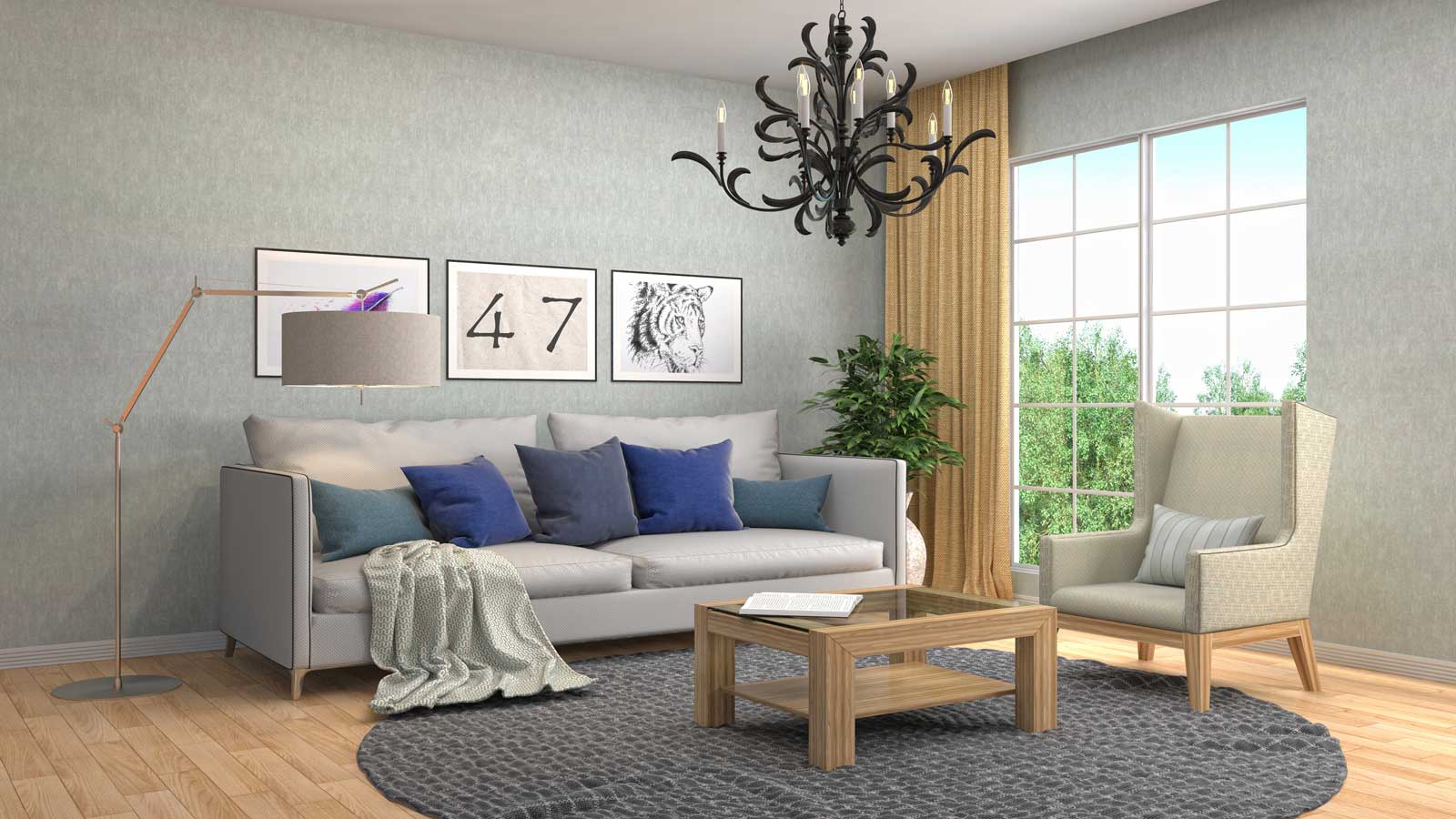When it comes to designing a living room that is both functional and stylish, every decision you make contributes to the overall look and feel of the space. From color schemes to furniture layout, every detail matters. Here are five essential tips to create a living room design that will leave your guests impressed.
Understand the Purpose of Your Living Room
The first and most crucial step in designing a living room is to understand its purpose. Is it going to be a space for formal entertainment or a casual area for your family to relax? Will it also serve as a home office or a playroom for the kids?
Once you’ve figured this out, you can choose the right furniture, colors, and layout that cater to your needs. For instance, a formal living room might benefit from high-end furniture, while a family-friendly space would require durable, easy-to-clean pieces.
Choose a Color Scheme
Color plays a significant role in setting the tone and mood of a room. Warm colors like red, orange, and yellow create an inviting and cozy atmosphere, while cooler shades like blue, green, and purple provide a calming effect.
Consider using a neutral base for walls and larger pieces of furniture, and adding pops of color with accessories like throw pillows, rugs, or art pieces. Remember that color psychology suggests that lighter hues make a room appear larger, while darker ones create a more intimate setting.
Invest in Quality, Comfortable Furniture
The living room is one of the most used spaces in a home, making comfort a top priority. Choose sofas and chairs that provide good back support and are made from durable materials.
In terms of design, opt for timeless pieces over trendy ones. It’s more cost-effective in the long run, and these pieces tend to stand the test of time, aesthetically speaking. Invest in a few key pieces like a quality sofa, a sturdy coffee table, and a few accent chairs.
Plan a Logical Layout
The arrangement of your furniture can have a significant impact on the functionality and aesthetic of your living room. Start by identifying the focal point of the room—this could be a fireplace, a large window, or a television. Arrange your furniture around this point while ensuring there’s enough space for movement.
Consider the flow of traffic and make sure that it doesn’t disrupt the main seating area. If your living room is large, create multiple conversation areas. This makes the room more versatile and user-friendly.
Accessorize Thoughtfully
Accessories can add personality and depth to your living room. Use rugs to define areas within the room, add artwork that reflects your personal style, and include throw pillows and blankets for added comfort and color.
Lighting also plays a crucial role. Mix different types of lighting like ambient, task, and accent lighting to create a warm and welcoming atmosphere. Lastly, don’t forget about plants—they bring life to a room and have been shown to improve mood and air quality.
Remember, designing your living room is a personal journey. These tips serve as a guideline, but at the end of the day, the most important thing is that the space reflects you and your lifestyle. It’s all about creating an environment where you and your family feel comfortable and at home. So, let your creativity shine, and most importantly, have fun with it!

